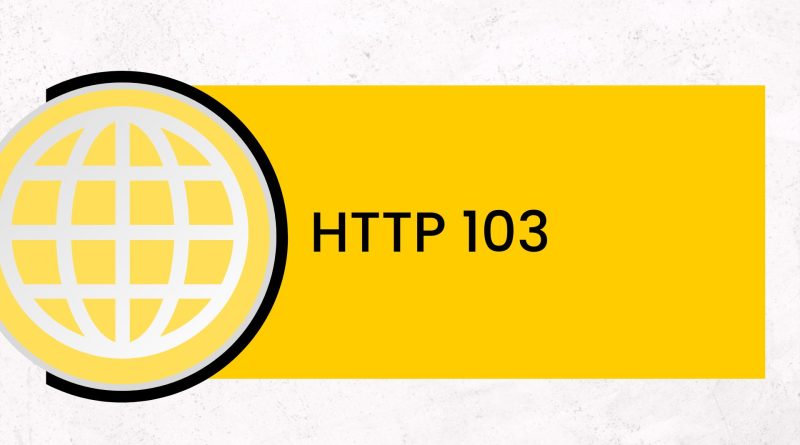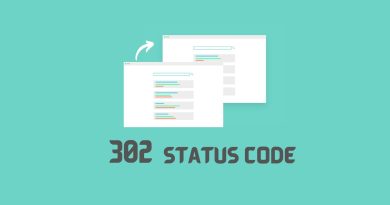The Beginner’s Guide to Understanding HTTP 103
HTTP status codes are an integral part of the web, enabling computers to communicate with each other effectively using the Hypertext Transfer Protocol. While most people know about the more common types of HTTP status codes such as 200 (OK) and 404 (Not Found), there are a number of lesser-known ones that can provide valuable insight into what went wrong when something does not work as expected. One particularly interesting code is 103 – Early Hints.
Early Hints is a relatively new concept in web development, introduced in 2018 by the Internet Engineering Task Force (IETF). It allows servers to give early indications about upcoming responses before they’re ready. This makes it possible for browsers to start retrieving resources needed for page rendering sooner than would otherwise be possible. As a result, pages load faster and users have better experiences on websites.
In this article we’ll take a look at how HTTP status code 103 works and how developers can use it to improve their website performance. We’ll explain why it’s important, discuss its limitations, and even show you some examples of where it has been used successfully in production systems. So if you want to learn more about this powerful tool then read on!
What Is Http Status Code 103?
When researching the web, one may come across an HTTP status code 103. But what is it? This particular response code indicates that a server has received and is processing the request made by the client. In other words, this code serves as an interim response to inform the user that their request was accepted while they wait for a final response from the server. It can also be used when the server needs additional time to process the users’ requests or collect more data in order to provide them with a complete answer.
Due to its nature, HTTP status code 103 does not indicate any sort of error but simply informs clients that their request was understood and is being processed by the server. Therefore, it should not cause any concern if encountered during normal usage of websites or applications.
HTTP status code 103 is just one example of many different codes which are used in communication between servers and clients on the internet. Understanding these codes allows us to better understand how our interactions with websites take place and why certain responses appear at times.
Common Causes Of Http Status Code 103
HTTP status code 103, also known as the Early Hints response status code, is issued when a server needs to send out additional information before completing the request. This issue can occur if something on the server side has changed since the initial request was made.
When this happens, servers will usually return early hints with additional metadata that helps them properly handle subsequent requests. Common causes of HTTP status code 103 include misconfigured web applications or content delivery networks (CDNs). It can also result from changes in domain name system (DNS) records and other network configurations.
In some cases, using an incorrect URL might cause a server to display this error code. To avoid this problem, it’s important to make sure all URLs are correct and up-to-date at all times. Failing to do so could lead to unexpected errors such as HTTP status code 103 being displayed during page loading or when attempting to access certain parts of your website.
The Difference Between Http Status Code 103 And Other Error Codes
The primary difference between the 103 code and other common error codes like 404 or 500 lies in its purpose. Unlike those two codes, which represent various client-side or server-side errors respectively, the 103 code specifically provides early hints about content changes on a website before they happen. This helps web browsers know when they should expect new data from a given URL so that they can make requests accordingly. Additionally, these responses usually contain extra metadata that can help guide clients towards more accurate content delivery.
In comparison with other HTTP status codes, then, the 103 error code serves as an early warning system for impending changes on websites. Its main use is to inform web browsers about potential updates so that their request for said content will be successful without issue. By understanding how this particular status code works, developers can ensure their sites remain up-to-date without running into any issues due to miscommunication between servers and clients.
All HTTP status codes by categories
Informational responses
(100 – 199)



